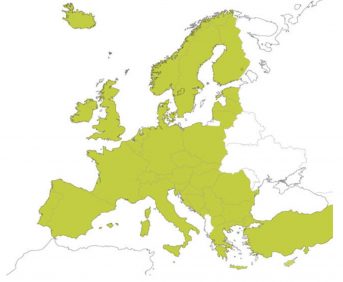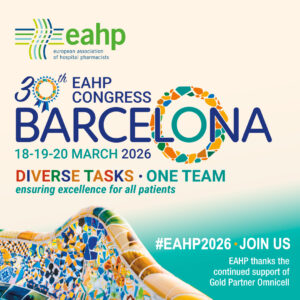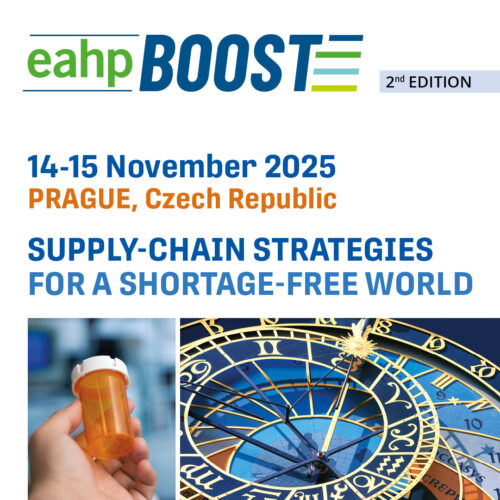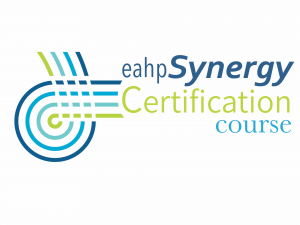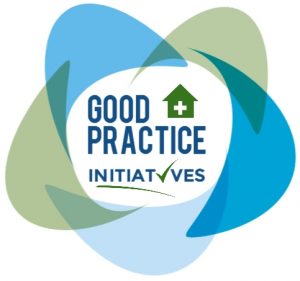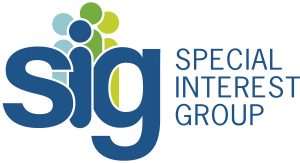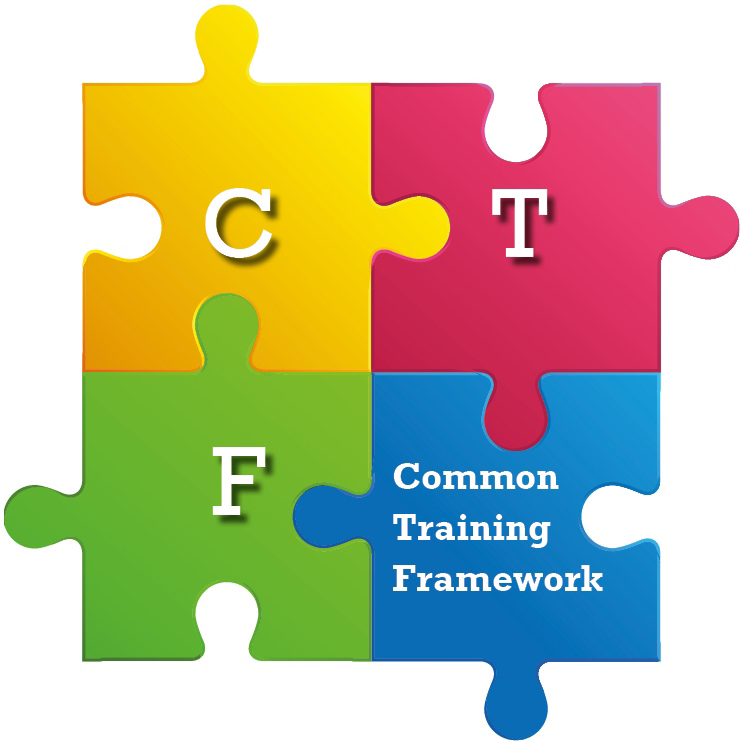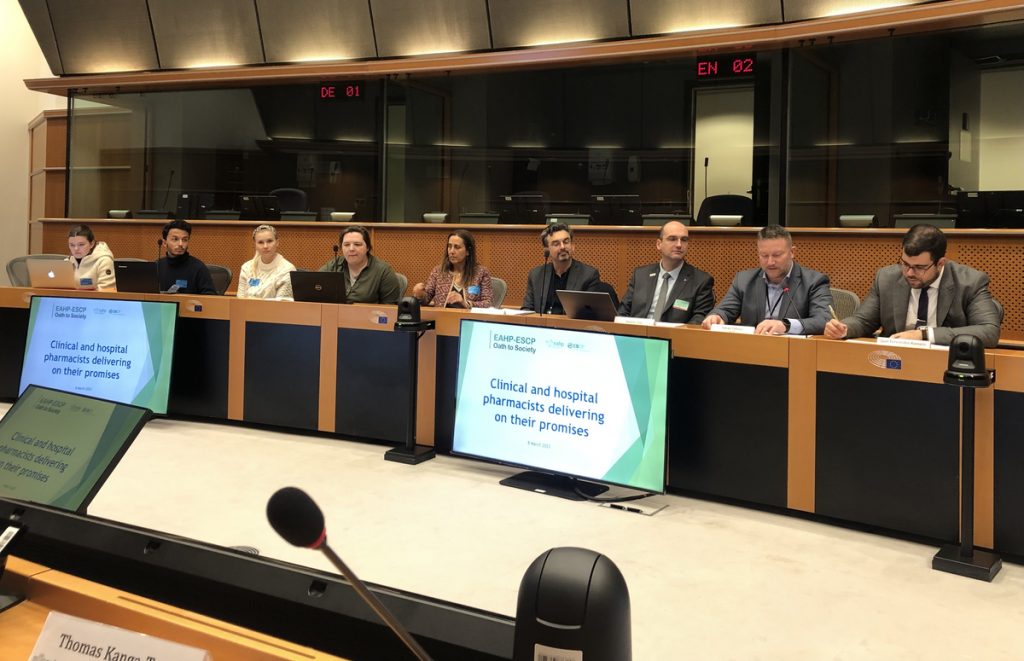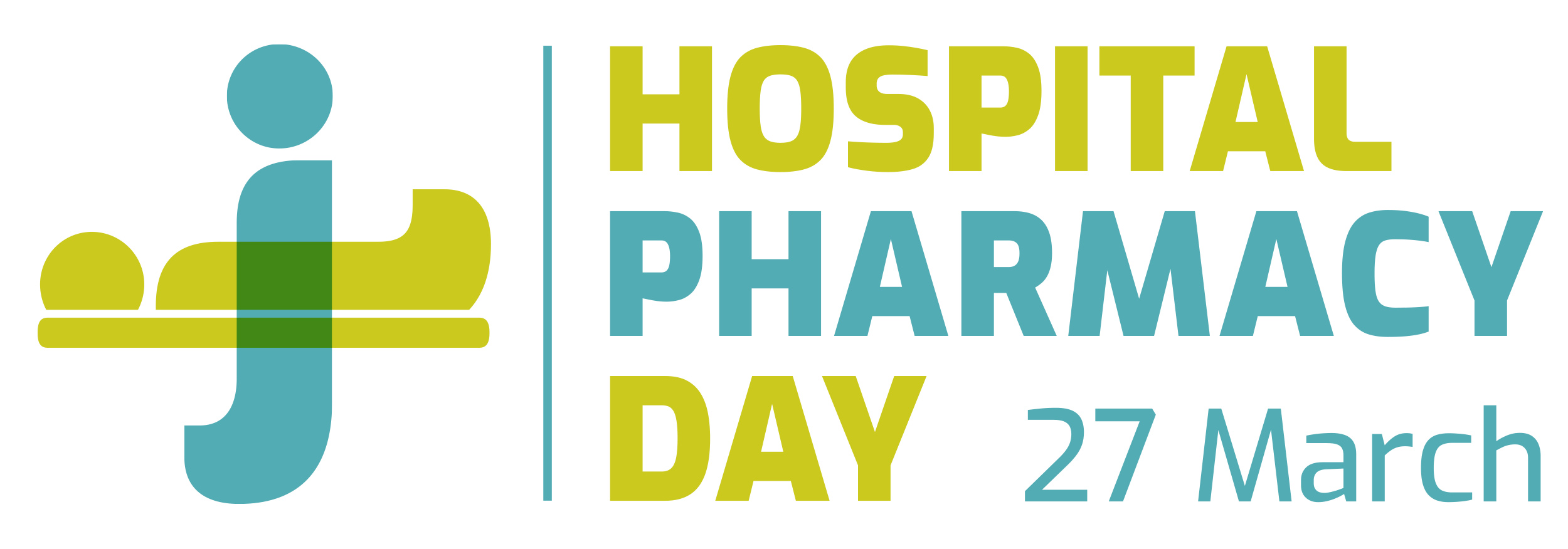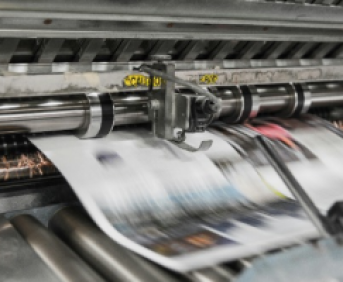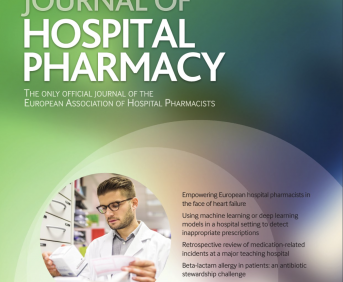IDEA BOX: INVOLVING HOSPITAL PHARMACY ASSISTANTS IN A QUALITY APPROACH
Pdf

European Statement
Patient Safety and Quality Assurance
Author(s)
Adeline HERLIN, Hermine ZIGA, Pauline PAYOT
Why was it done?
The aim is to continuously improve quality and efficiency.
What was done?
In the interests of continuous quality improvement, we have set up a suggestion box in the pharmacy’s unit repackaging sector.
How was it done?
We have set up a suggestion box for technician and pharmacists.
Each person can submit ideas or questions, anonymously or not.
After one month, the box was unpacked. The ideas and queries were analysed and discussed.
What has been achieved?
Eight points were raised.
One point concerns procedures.
The existing procedures on the intranet network are not well known to users. We have provided an easy-to-access binder.
Three points relate to packaging methods (list of products according to packaging method, removal of expired packaged products, mismatch of the Eticonform® label with the blister pack).
A decision tree was made (Euraf®: large quantities, multi-dose vials, magistral formula, small blister packs). The printing of the ledgers indicates the packaged products and their expiry dates. The removal of expired products is done according to the ledgers. A precaution must be taken when editing labels Eticonform® “laboratory” labels. Indeed, the size of the blister packs differs from one laboratory to another.
The fifth point concerns the organization.
Technicians wish a storage area dedicated to repackaged specialties to compensate for stock errors.
After discussion, we did not retain this proposal.
The other point concerns the lack of equipment.
A stool and a ruler were provided.
The penultimate point concerns the use of returns from services in multi-dose vials.
We propose the packaging of small units with expiry dates < 3 months with the Euraf® bagging machine.
Otherwise (e.g. Carbimazole), we propose the packaging of sufficient quantities for 7 days in the vials with pre-printed labels with an expiry date of one week.
The last point concerns the labelling of blisters with desiccant capsule (e.g. Nicorandil).
We offer Eticonform® re-labelling with a statement: USE BY xx/xx/202x (30 days after re-labelling).
What next?
The involvement of the technician team in a proactive approach to risk management is essential. We wanted to harness their practical expertise and energize the team.
The box will be integrated into our current practice.
An algorithm for the process of selecting pharmaceutical companies in a pharmacy department
Pdf

European Statement
Clinical Pharmacy Services
Author(s)
Moisés Couñago-Fernández, Marisol Samartín-Ucha, Ana María Regueira-Arcay, Sonia González-Costas, María Alfonsín-Lara, Paula Prado-Montes, Iván Agra-Blanco, Elena Cerdeira-Regueira, Noemí Martínez-López de Castro
Why was it done?
When a new pharmaceutical product should be introduced in a hospital, a multitude of factors must be considered in order to choose a specific brand. A lack of uniformity in the criteria for the selection of new medicines has been detected. To avoid selection errors or arbitrary decisions, a selection structured algorithm was developed using quality tools according to management quality system ISO 9001-2015.
What was done?
To ensure that the process of selecting from several pharmaceutical companies fulfil the requirements of quality and lower cost, a decision-making process for these purchases was designed, through a structured method for the evaluation of new pharmaceutical products based on standardised evaluation criteria.
How was it done?
A multidisciplinary group was created focused on making decisions about criteria. All stakeholders were represented (management pharmacist, quality experts, management assistant and pharmacy director). Also, a survey was given to different specialist pharmacists to complete the criteria. Second, criteria were categorised according to their importance or potential impact in pharmacy practice or patient.
What has been achieved?
The algorithm took into account aspects related to: a)pharmaceutical company and b)aspects related to the pharmaceutical product. Each of these aspects is valued as a percentage.
a)Pharmaceutical company: 40% of the score was based on not having a repeated history of stock-outs, 45% on the evaluation of the provider according to an internal file based on incidences registered, and 15% if the provider was already a known supplier.
b)Pharmaceutical product: 50% was based on the cost of the medicine, 15% unit dose presentation (if applicable), 10% expiry conditions of the medicine, 5% allergens, 5% if it was presented in a pre-filled pen (if applicable), 5% if it could be stored at room temperature, 5% if the drug is supplied in diluted vials (in the case of parenteral medicines) and 5% if it had all the possible indications in the technical data sheet.
This methodology has been used successfully in recent months with the pharmaceutical supplier changes of abiraterone and sugammadex.
What next?
This tool will be used for all changes of medicine brands and new drugs purchased in the hospital, enabling uniformity in the purchasing process for all new drugs.



